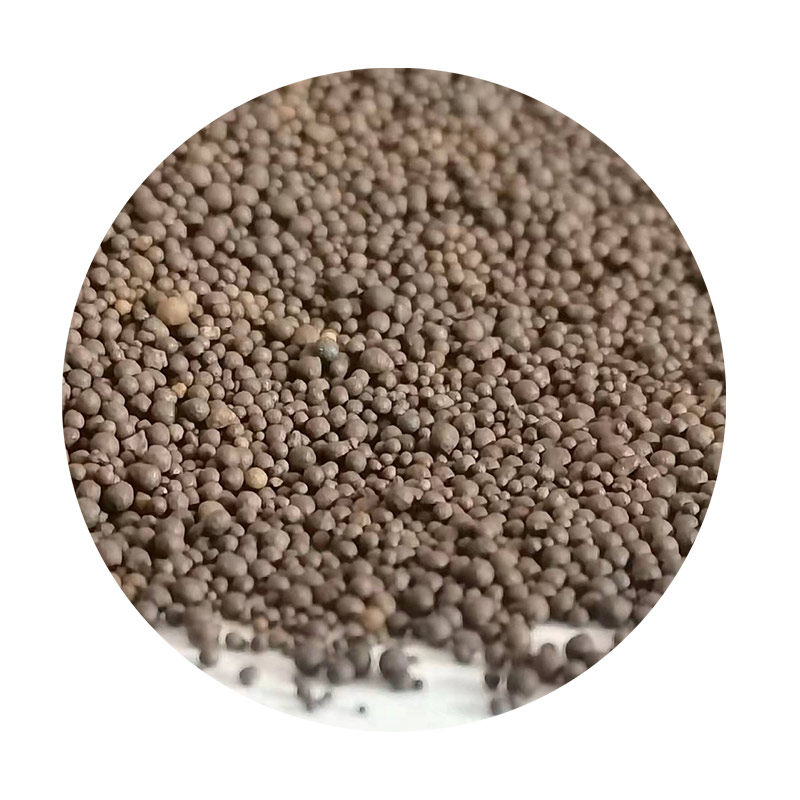Low Volume Sand Casting An Efficient Solution for Customized Production
Sand casting, one of the oldest manufacturing processes, has been refined over centuries to serve a wide array of industries, particularly when it comes to low volume production runs. Low volume sand casting refers to the process of creating metal parts in smaller quantities, typically ranging from one to a few hundred units. This approach has gained popularity due to its versatility, cost-effectiveness, and the ability to accommodate intricate designs.
Understanding the Process
The low volume sand casting process begins with creating a mold from sand, typically mixed with a bonding agent. The sand mold is formed around a pattern, which represents the shape of the final product. Patterns can be made from wood, metal, or plastic, depending on the required precision and durability. Once the mold is complete, molten metal is poured into the cavity created by the pattern. After the metal has cooled and solidified, the mold is broken away to reveal the casting.
One of the most significant advantages of using sand casting for low volume production is the flexibility it offers in design. Unlike stamped or machined parts, which require extensive tooling changes for different designs, sand casting can accommodate a wide range of sizes and shapes with relative ease. This is particularly beneficial for prototyping or customized projects where specifications may change frequently.
Cost-Effectiveness
One of the key advantages of low volume sand casting is its cost-effectiveness compared to other manufacturing methods. Traditional manufacturing processes such as injection molding often require significant upfront investments in tooling and molds, which can be prohibitively expensive for small production runs. In contrast, sand casting typically incurs lower initial costs due to less rigid tooling requirements. This makes it an ideal choice for startups and businesses looking to experiment with new designs without committing large budgets.
low volume sand casting

Moreover, the material waste in sand casting can be minimal, especially when recycling sand for future molds. Manufacturers can often reuse the sand multiple times, significantly reducing material costs and environmental impact.
Applications Across Industries
Low volume sand casting is widely used across industries, including automotive, aerospace, arts and crafts, and machinery. In the automotive sector, for instance, low volume sand casting allows manufacturers to produce complex engine components, brackets, and casings in limited quantities, which is essential for specialized vehicles or custom builds. Additionally, artists and creators utilize sand casting for producing unique sculptures or artworks, illustrating its broad applicability.
Quality and Precision
While sand casting is highly versatile, it is essential to maintain quality and precision throughout the process. Advances in technology, such as computer-aided design (CAD) and computer numerical control (CNC) machinery, have improved the accuracy of mold-making and casting. By implementing these technologies, manufacturers can achieve tighter tolerances and higher quality finishes, thus meeting the stringent demands of modern industries.
In conclusion, low volume sand casting is an effective manufacturing process that combines flexibility, cost efficiency, and quality. As industries continue to evolve, this method will undoubtedly play a vital role in the production of customized parts, making it a valuable option for businesses looking to innovate in a competitive marketplace. Whether for prototyping or limited runs, low volume sand casting stands out as a pragmatic choice for manufacturers aiming to meet both unique design requirements and budget considerations.
Post time:Th11 . 04, 2024 05:01
Next:foundry sand used in construction
